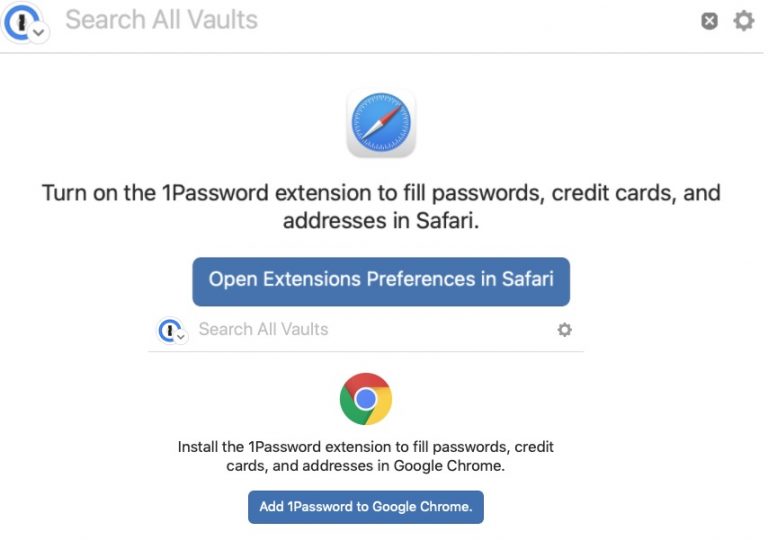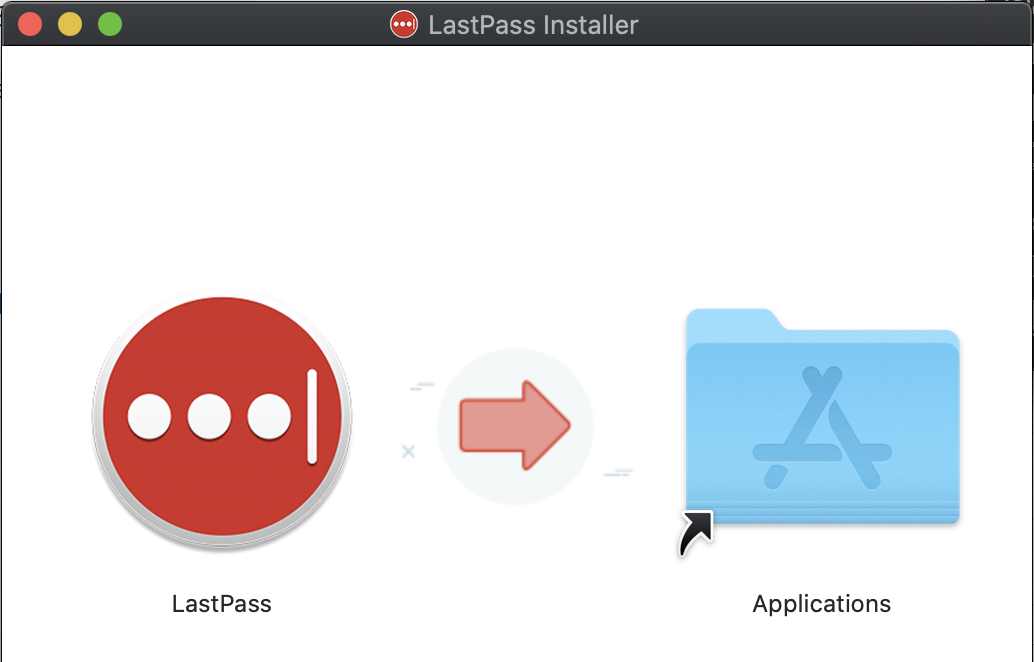

And it can sync passwords across all your devices. You can add attachments to notes, and LastPass will email you if any sites you use suffer data breaches or are hacked. You can also use it to store secure notes with financial details, software license codes, or other sensitive data.

LastPass can also suggest secure passwords when you set up a new account and will automatically store it. LastPass warns you about it upon installation: It has browser extensions for Safari and Chrome to allow it to save passwords directly.īut using extensions in general bears certain risks. You can add passwords manually or save them to LastPass whenever you log into a website or create a new account. LastPass is a password manager that encrypts and stores usernames and passwords you add to it in its vault. In this article, we’ll show you how to uninstall LastPass.

However, if you’ve installed a third-party app, you may find that you don’t use it very often, or it doesn’t work the way you expected, and you want to remove it. Whether you use Safari’s built-in password manager or a third-party tool like LastPass, it’s much more secure than trying to memorize passwords. Password managers are an excellent way to improve security on your Mac and keep usernames and passwords for websites safe. But to help you do it all by yourself, we’ve gathered our best ideas and solutions below.įeatures described in this article refer to the MacPaw site version of CleanMyMac X. So here’s a tip for you: Download CleanMyMac to quickly solve some of the issues mentioned in this article.


 0 kommentar(er)
0 kommentar(er)
